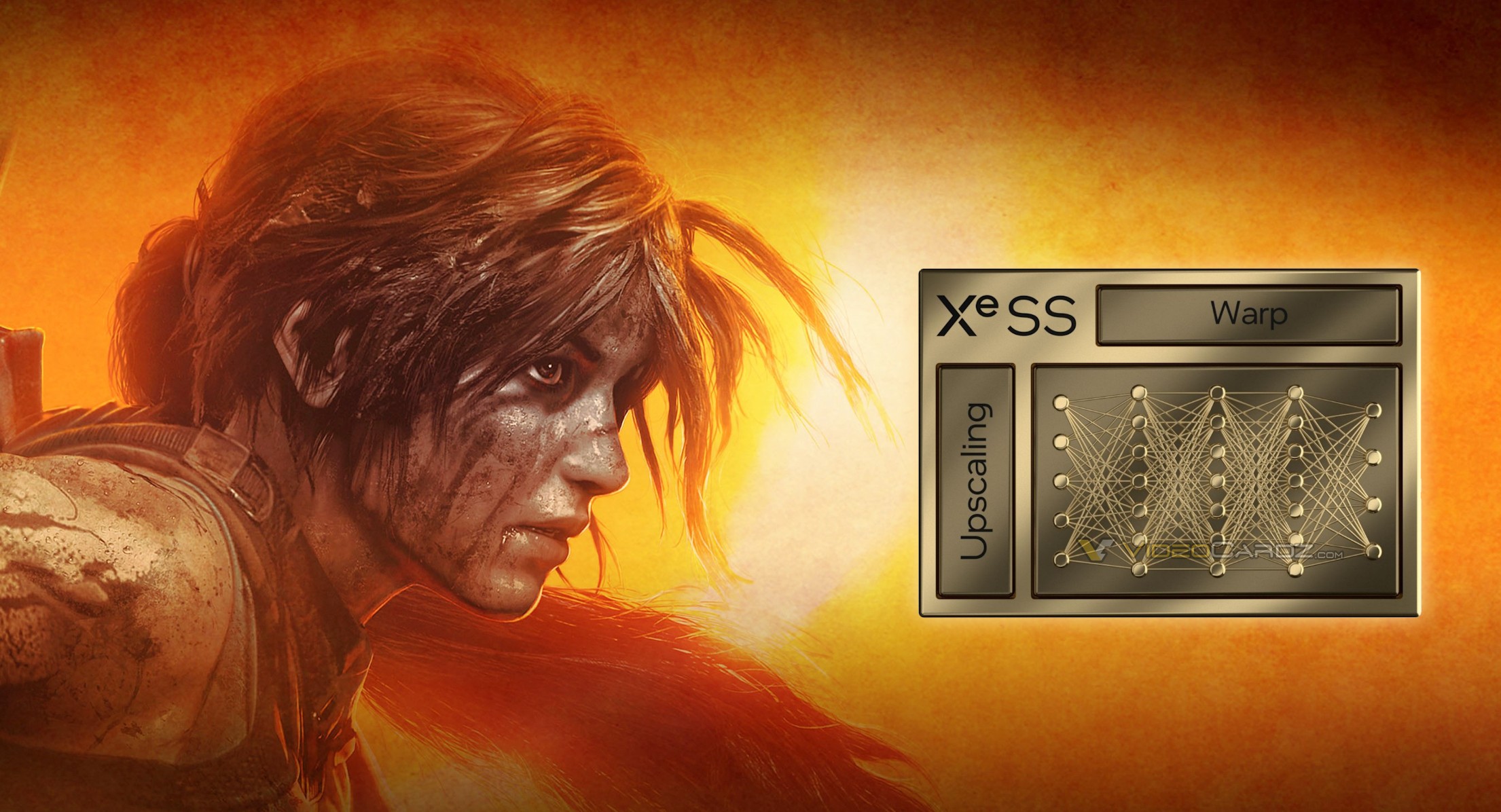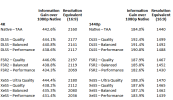So both the DSOgaming and TPU article (linked in comments above) suggest that XeSS is doing a better job at anti-aliasing compared to FSR2, but I think the situation is more complex that than. That is because it is also seemingly widely noticed that XeSS is producing a "softer" or "smoother" image. If the entire image is "softer", that suggests XeSS is producing a lower resolution (resolving power, not # of pixels) and "blurrier" image and some of the better anti-aliasing may be due to "blurring" edges as a consequence of "blurring" the entire image. If you look at the screenshots in the DSOgaming article its seems pretty clear to me that FSR2 and DLSS show more detail, especially in the text on the backpack and the texture of the boulders.
This is a difficult property to quantify, but here is my attempt (putting into practice a method Ive been thinking about for awhile). Image
entropy is a measure of how much "information" an image contains. You can think of this information as how unique and unpredictable the value of each pixel is compared to its neighbors. An image with complex high frequency detail like fully resolved foliage with complex lighting will have more entropy than one of a nearly uniform and smoothly varying blue sky. A 4k image that is produced by upscaling a 1080p image through repeating each pixel 4 times will have identical entropy to the 1080p image because the repeated pixels provide no new information. However, if an upscaler accumulates data over time it can recover genuine data about the scene thereby matching or even exceeding the entropy/information of the "native" image. I used the screenshots from the TPU article and calculated the image entropy for each of the rendering methods they used and these are the results, normalized to the entropy of the natively rendered 1080p image to aid interpretability:
View attachment 7102
The 4k native image contains 443 % more information than the natively rendered 1080p image and the 4k DLSS quality (444 %), FSR2 qualty (446 %), and XeSS ultra quality (444 %) are able to exceed that. As you would expect, the balanced and performance modes of all methods have relatively less information and do not reach that of the native 4k. Interestingly, and seemingly confirming my suspicion from above, XeSS quality mode is only able to match the amount of information that is recovered by DLSS performance and FSR2 balanced. Normalizing the amount of information to the 4k native image, it is like XeSS quality is producing a 2112p image. At 1440p all reconstruction methods are able to produce more information than native except FSR2 and XeSS performance modes and all DLSS modes produce more information than the best FSR2 and XeSS modes, putting numbers to many prior qualitative observations!
Its worth now mentioning that image entropy should not be taken as a measure of image quality. The highest entropy image possible at a given bit rate is that of pure white noise! I want to be clear that this is a preliminary analysis of exactly 1 scene in 1 game on 1 gpu with 1 graphics configuration and is not intended to imply broad, general, or in any way confident conclusions!

 www.dsogaming.com
www.dsogaming.com

 www.dsogaming.com
www.dsogaming.com





